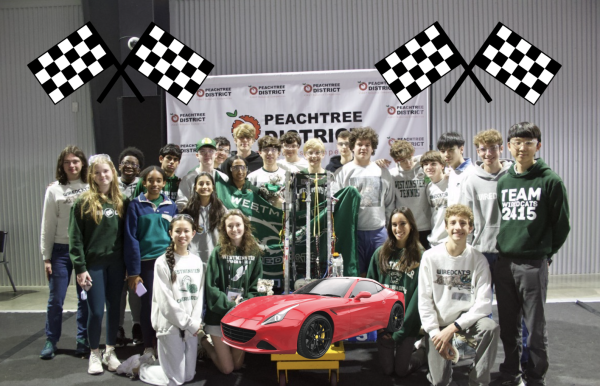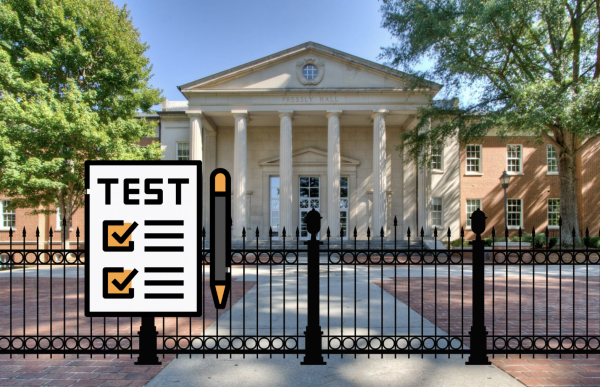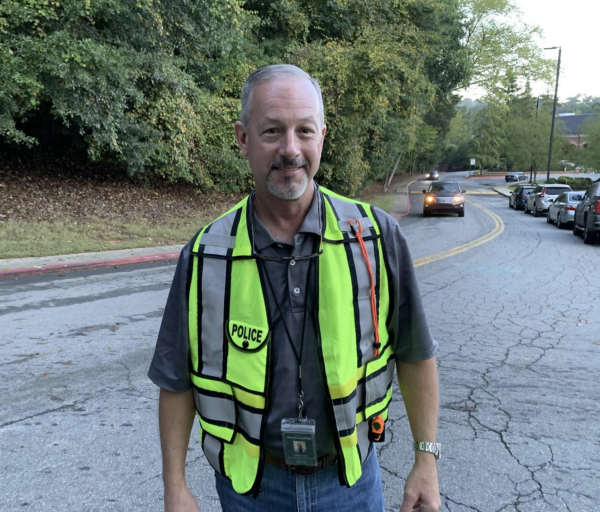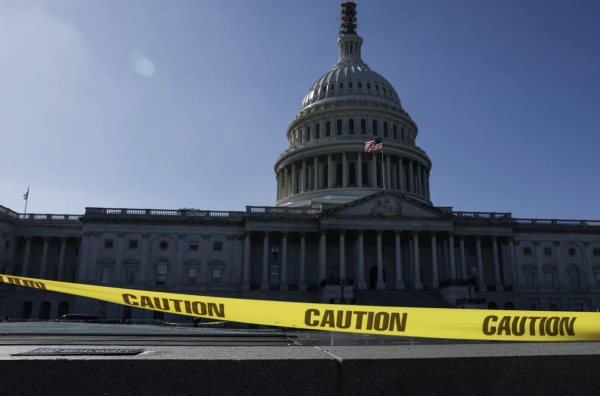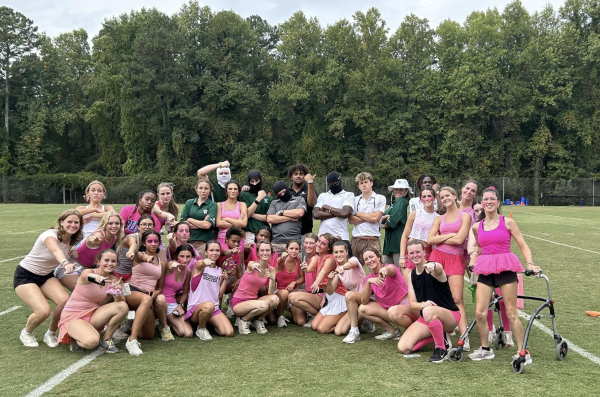All walls to be removed from on-campus buildings, admin cites “community-building initiative”
Emerging from an abundance of lush greenery, Westminster’s iconic campus has been defined by the soaring columns of Pressly and the imposing brick structures of Askew and Campbell since its founding in 1951. However, these historic edifices are scheduled to undergo dramatic change. Westminster administrators recently released a new 808-part campus reconstruction plan that will eliminate all opaque walls on campus in an effort to foster community.
The project will break ground on April 1, 2021, with wall removal beginning on Upper School buildings and Turner before progressing to Clarkson Hall and Love Hall. In place of these iconic red brick buildings, gigantic open-air “learning tents” will be planted across campus in the style of the freshman-infested lunch tent by the stadium. The Middle School’s innovation lab will finally be put to use, producing the tents with its crown jewel, the 3D printer. These new wall-less structures not only symbolize the might of the Middle School innovation lab and the overwhelming importance of 3D printing in youth education but will also help eliminate on-campus divisions in a time of heightened tensions.
“During an era that has seen more divisiveness than ever, the destruction of physical walls sends a very strong message about Westminster’s inclusive environment,” said an anonymous administrator. “After consulting with the English department, we have determined that this is an incredibly symbolic action.”
The elimination of walls is expected to usher in a period of unity and peace unparalleled even by the days Harrison Butker kicks a field goal. Wildcat pride will break into hearts hardened by WebAssign and AP Classroom, arbitrators of misery; students of all ages will finally embrace lime green as an official school color; the student section will outnumber parents at a Westminster sporting event; Harvard will be downgraded to a safety school on every senior’s Naviance dashboard; discrimination and division in all forms will disappear. Even freshmen recognize the gravity of this change to campus.
“The walls represent the divisions within the community, and since we’re destroying the walls, all of the divisions within our community will be destroyed too,” explained a freshman who once received a 10/10 on a Harkness discussion. “It’s comparable to the destruction of the Berlin Wall.”
“It’s fye,” said another.
Additionally, after threats of a coup led by teachers placed in the learning cottages, the new wall-less common spaces are designed to ease tensions between classroom and cottage teachers. Now, no teacher will have to deal with a lack of consistent air conditioning or cell-like office spaces. Instead, they will have to deal with their students. And the total absence of air conditioning.
Westminster’s academic curriculum will also undergo some innovative changes. Beyond the impromptu kumbaya circles that are bound to spring up around campus, the elimination of all walls will plant an even brighter passion for learning within every Wildcat. As Science, Math, English, and History will no longer be separated by building or floor, students will be overwhelmed by thought-provoking information and ideas.
“We are abolishing the concept of classrooms,” said an anonymous administrator. “All classes are created equal, so students will learn in a single common area. Art will still be in the basement of Broyles doe.”
After the new and rather confusing roundabout by the parking deck caused mass pandemonium, administrators concluded that intersections, and thus, interdisciplinary learning, were vital to a healthier on-campus environment. Students will have no choice but to draw novel connections in these open spaces, as lectures on the five stages of mitosis (Prophase, Prometaphase, Metaphase, Anaphase, and Telophase. Cytokinesis doesn’t really count.) will blend seamlessly with discussions on la dualidad de ser in the classic Spanish tale, La Balada de los Dos Abuelos.
“Interdisciplinary stuff is all the rage right now for colleges,” said Quinn Schaffer, one of those sophomores taking Honors Calculus. “I’ve become really interested in trying to connect Pythagoras’s theorem to women’s roles in 18th-century France. I think the new wall-less building model will help me achieve this personal goal and ultimately secure admission to MIT. Does this count as demonstrated interest?”
Although others may be less confident than Schaeffer at the prospect of acclimating to a new learning environment, the school is confident that this adversity will only encourage students to love challenge and lead change. With no electricity or running water, students will be able to develop essential life skills like echolocation and bladder control, both of which are of increasing importance to employers in the modern workplace.
“Amazon said they’re looking for interns with unique skill sets,” said senior Elena Karas. “I HAVE A UNIQUE SKILL SET!!”
Later, Karas loudly mentioned that she is training to work a 12-hour shift without a single bathroom break (please visit her LinkedIn for additional information and qualifications). Amazon offered her a full-time factory position on the same day.
Clearly, Westminster’s new wall-less model of education is poised to propel graduates to greater professional success. Even those concerned over the aesthetic integrity of campus can rest assured knowing that future Westminster graduates will rule the corporate world for the foreseeable future thanks to the school’s new wall-less buildings. Unsurprisingly, Lovett, Pace, and Wesleyan are expected to soon follow suit.


